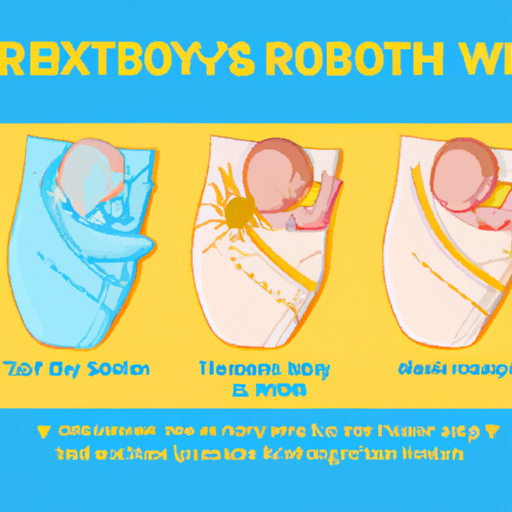What are the Modes of Heat Loss in the Newborn? Exploring the Key Factors
When it comes to newborns, maintaining their body temperature is crucial for their overall well-being. Newborns are more susceptible to heat loss compared to older children and adults due to their underdeveloped thermoregulatory system. Understanding the modes of heat loss in newborns is essential for parents and healthcare professionals to ensure their little ones stay warm and comfortable. In this article, we will explore the key factors contributing to heat loss in newborns.
Conduction
Conduction is one of the primary modes of heat loss in newborns. It occurs when the baby’s body comes into direct contact with a colder surface. For example, if a newborn is placed on a cold mattress or a cold metal weighing scale, heat can be transferred from the baby’s body to the colder object, resulting in heat loss. To prevent heat loss through conduction, it is important to provide newborns with warm and insulated surfaces to lie on.
Convection
Convection is another mode of heat loss in newborns. It happens when heat is transferred from the baby’s body to the surrounding air. Newborns are particularly vulnerable to convective heat loss due to their large body surface area relative to their body weight. Drafts, air conditioning, or even a simple breeze can cause significant heat loss through convection. To minimize this, it is important to keep the newborn’s environment warm and draft-free.
Evaporation
Evaporation is a mode of heat loss that occurs when moisture on the baby’s skin evaporates, taking away heat in the process. This can happen through sweating or when the baby’s skin is wet, such as after a bath. It is important to dry the baby thoroughly after bathing and keep them in a warm and dry environment to prevent excessive heat loss through evaporation.
Radiation
Radiation is a mode of heat loss that occurs when heat is transferred from the baby’s body to cooler objects or surfaces without direct contact. For example, if a newborn is near a cold window or exposed to cold walls, heat can be radiated away from their body. To minimize heat loss through radiation, it is important to keep the newborn’s environment warm and shield them from cold surfaces.
Summary
In summary, the modes of heat loss in newborns include conduction, convection, evaporation, and radiation. Understanding these key factors is crucial for parents and healthcare professionals to create a warm and comfortable environment for newborns. By providing warm surfaces, minimizing drafts, keeping the baby dry, and shielding them from cold objects, we can help prevent excessive heat loss and ensure the well-being of our little ones.




